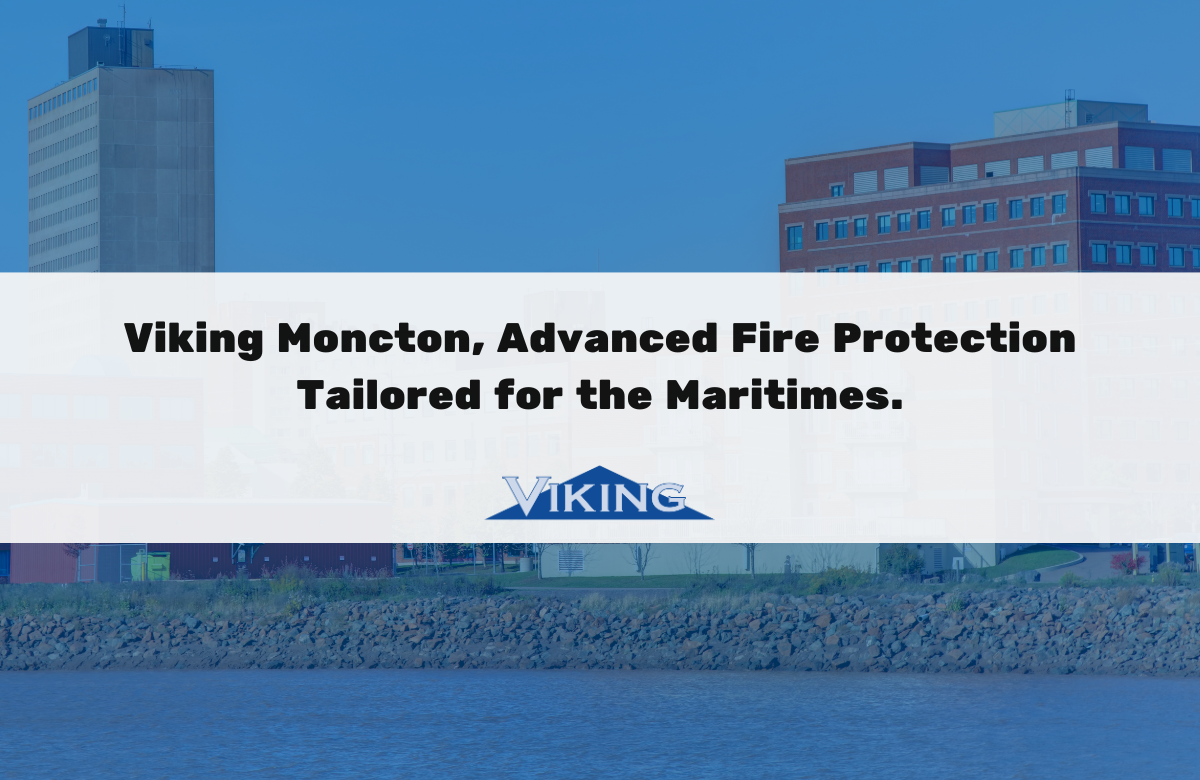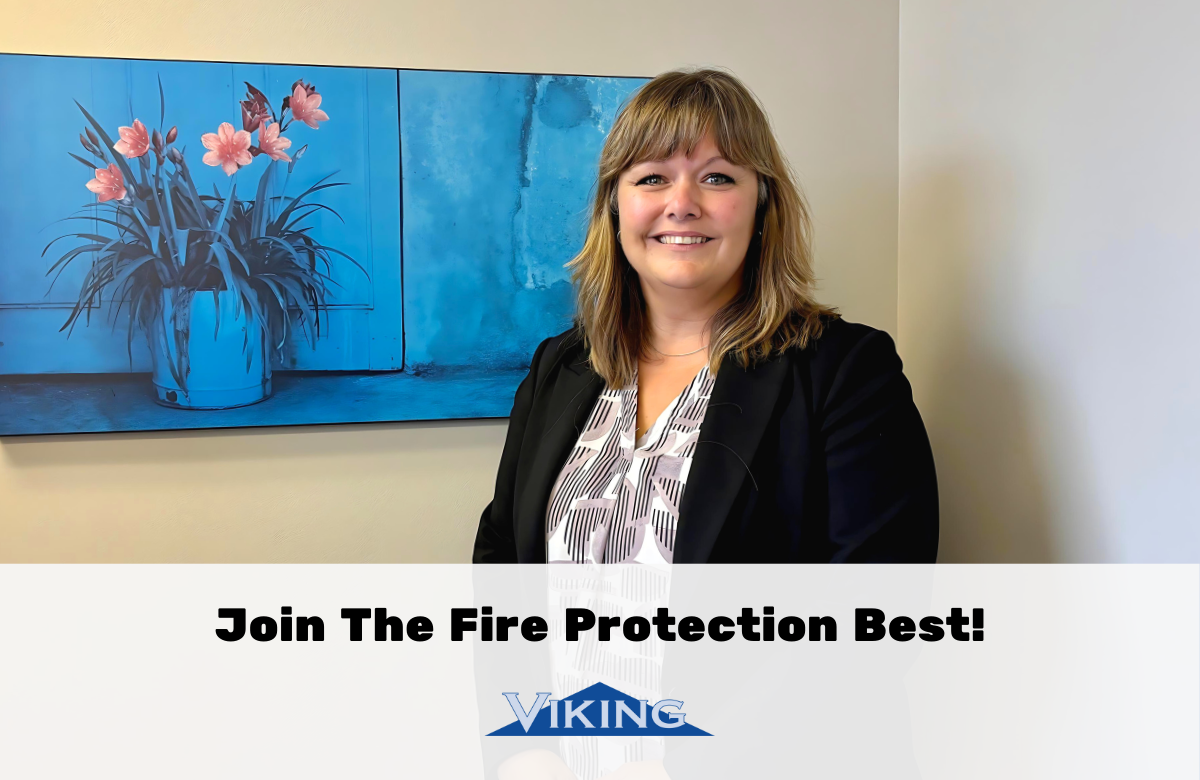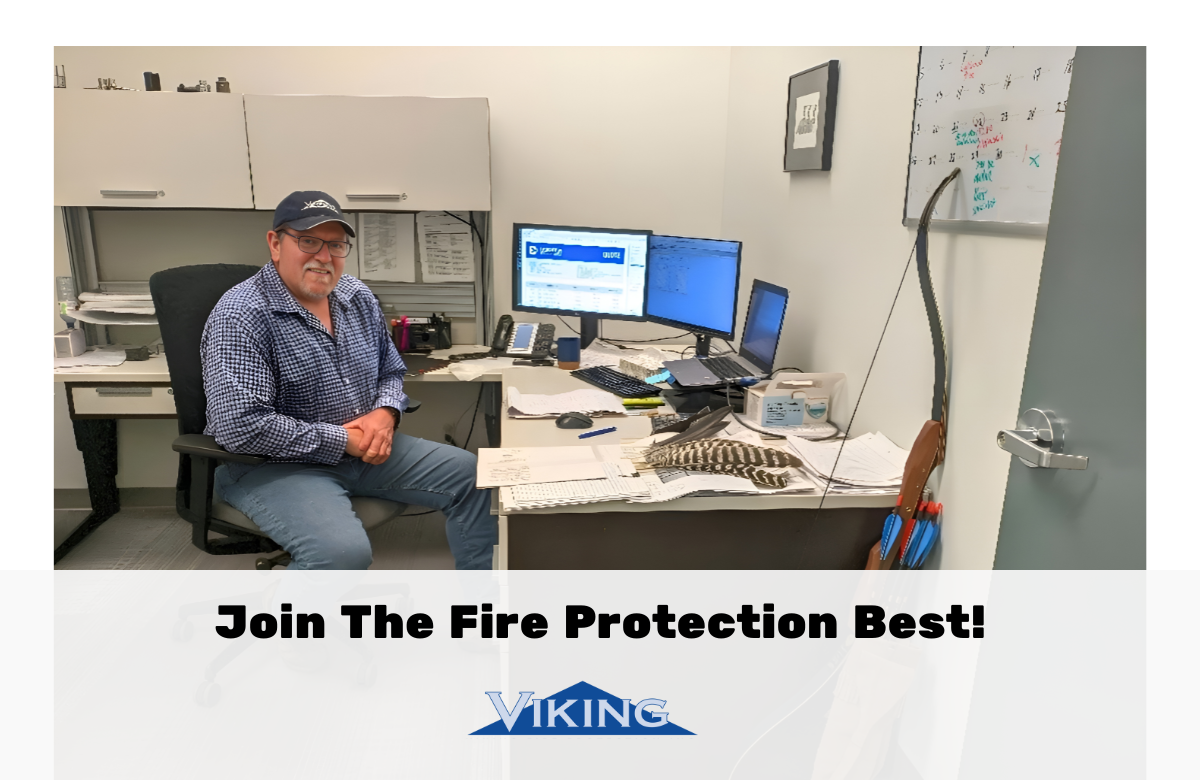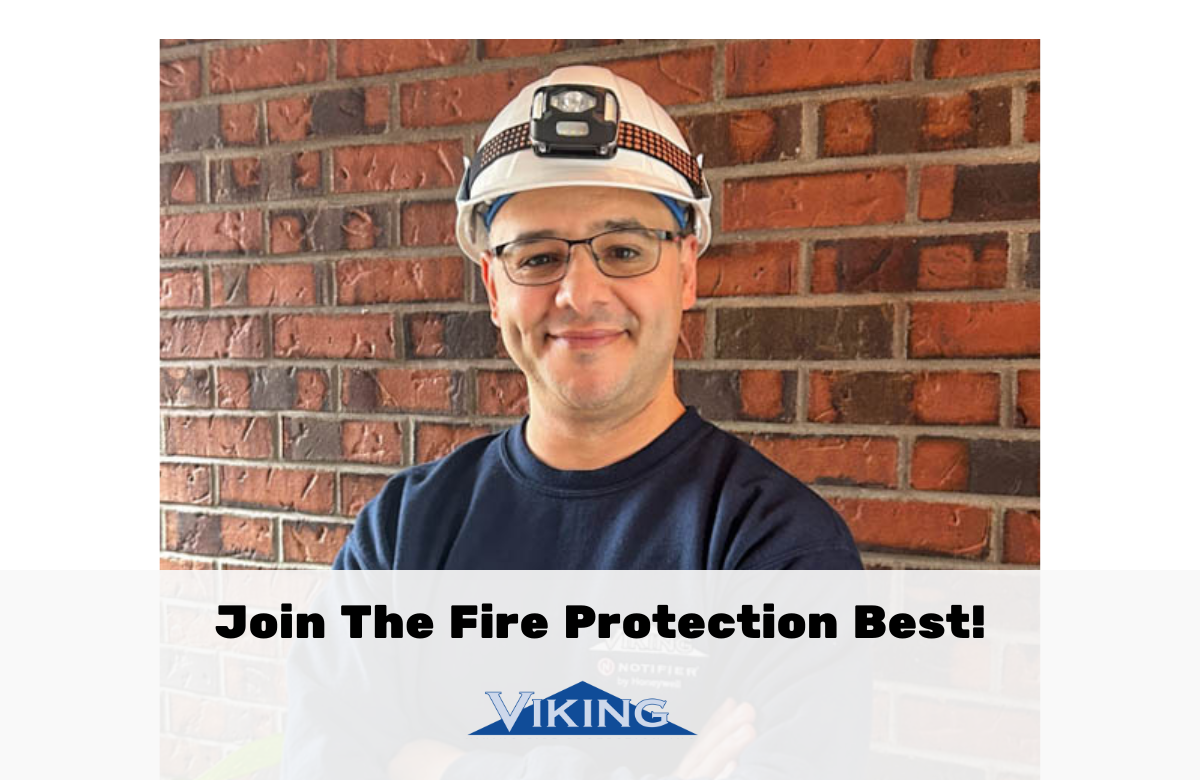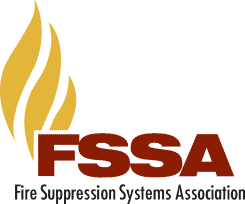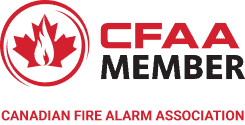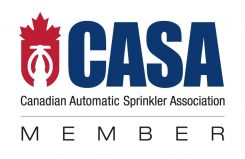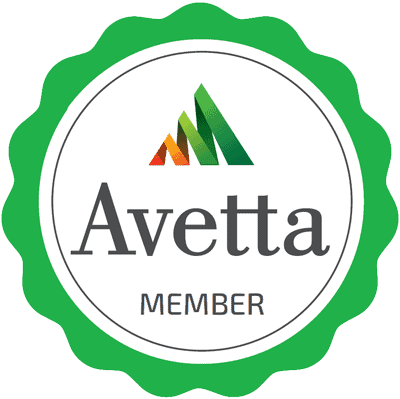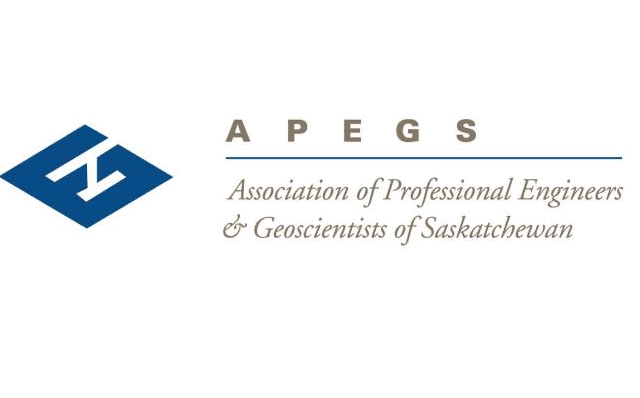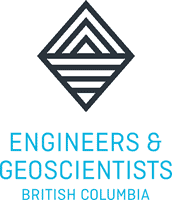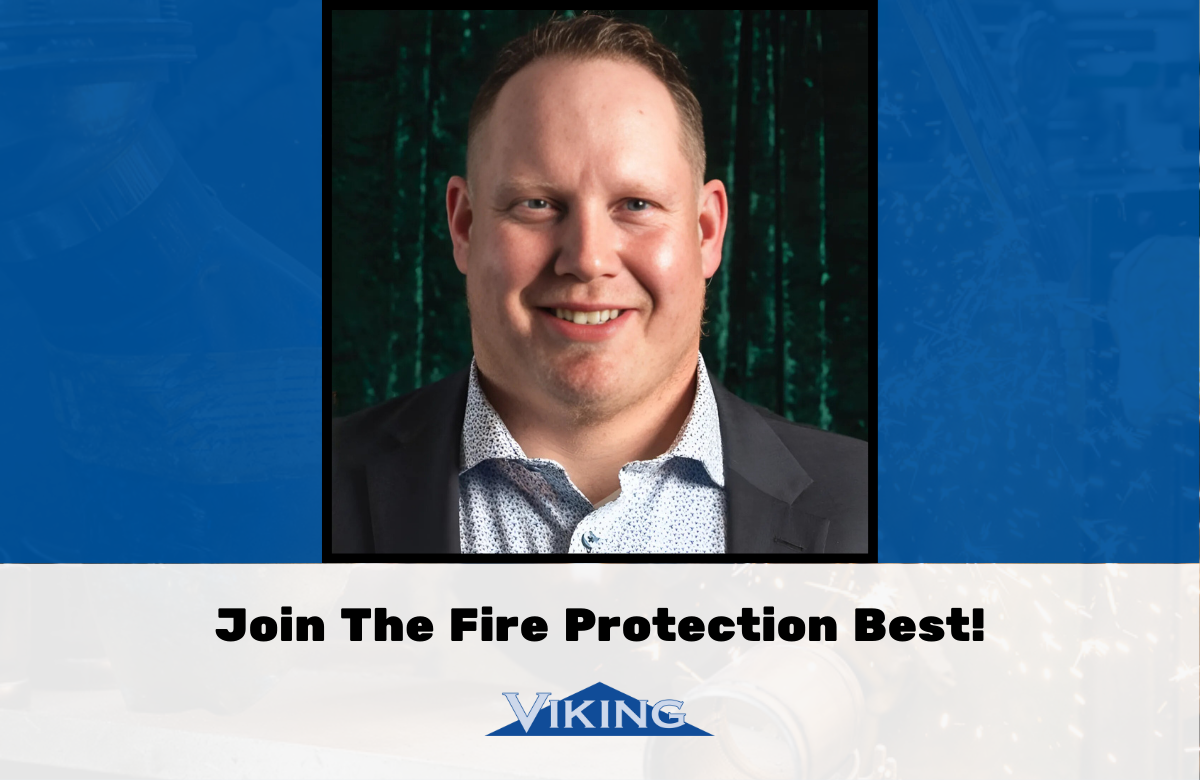
Best Practices & Standards
Diving into the Different Types of Fire Sprinkler Systems: A Comprehensive Overview
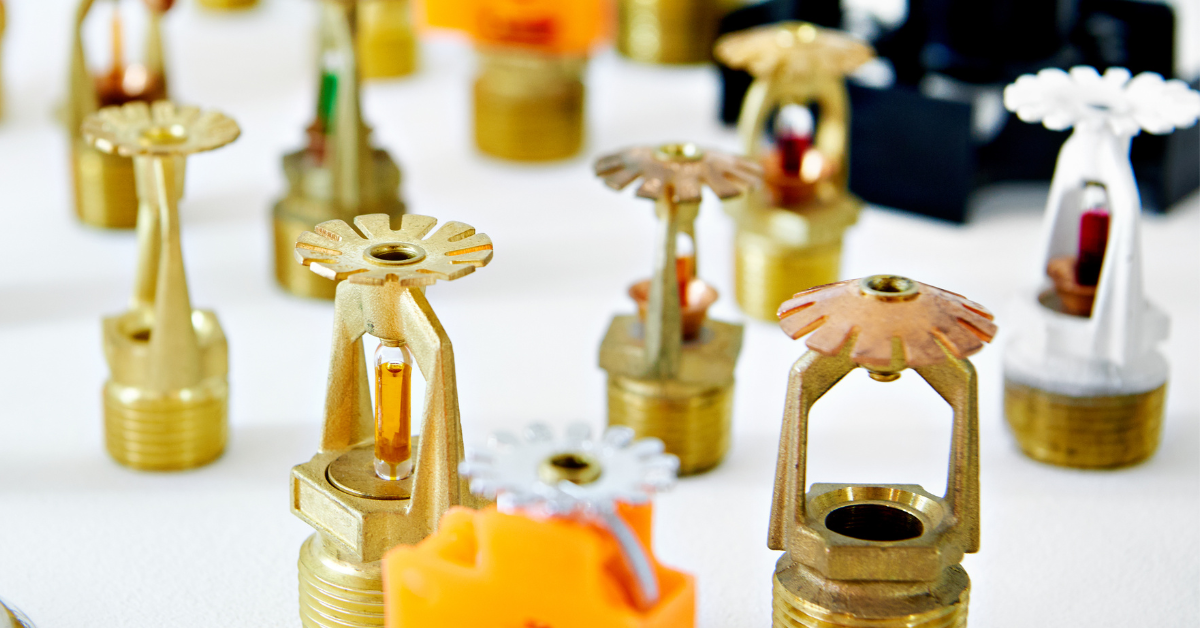
When it comes to fire protection, there’s no such thing as a one-size-fits-all solution. Just as each facility is unique, so are the requirements and challenges it presents. That’s why we’re here to be your trusted guide in navigating the world of fire sprinkler systems, their types, and their functionalities, ensuring you make an informed decision, discovering the ideal sprinkler system that perfectly aligns with your specific needs.
Fire Sprinkler System Types
Wet Pipe Sprinkler Systems: Simplicity and Reliability
Let’s start by exploring wet pipe sprinkler systems, which are the most common and widely used type. These systems are straightforward and highly reliable. Water is constantly present within the pipes, ready to be discharged when a sprinkler head detects a fire. Wet pipe systems offer a quick response, making them suitable for a wide range of applications, including commercial buildings, warehouses, and residential properties.
Benefits of Wet Pipe Sprinkler Systems:
- Simplicity: The design of wet pipe systems is relatively simple, with fewer components, reducing the chances of malfunction.
- Quick response: Since water is readily available in the pipes, wet pipe systems can initiate fire suppression immediately upon sprinkler activation.
- Cost-effective: Wet pipe systems are generally more affordable to install and maintain compared to other types.
Considerations for Wet Pipe Sprinkler Systems:
- Freezing conditions: Wet pipe systems are vulnerable to freezing in colder climates. Appropriate insulation and heating measures should be taken to prevent pipe damage.
- Water damage risk: Accidental activation of a sprinkler head can result in water damage. Adequate precautions and regular maintenance are essential to minimize this risk.
Dry Pipe Sprinkler Systems: Protection in Cold Environments
In environments where freezing temperatures are a concern, dry pipe sprinkler systems offer a viable solution. Unlike wet pipe systems, dry pipe systems are filled with compressed air or nitrogen instead of water. When a sprinkler head activates, the air pressure is released, allowing the water to flow into the pipes and discharge onto the fire.
Benefits of Dry Pipe Sprinkler Systems:
- Freeze protection: By keeping the pipes dry, dry pipe systems prevent water from freezing in colder climates, reducing the risk of pipe bursts.
- Reliable performance: Dry pipe systems are designed to provide quick and effective fire suppression when activated, minimizing potential damage.
Considerations for Dry Pipe Sprinkler Systems:
- Slower response time: Compared to wet pipe systems, dry pipe systems have a slight delay in water discharge, as it takes time for the air pressure to release and water to flow.
- Increased complexity: Dry pipe systems have additional components, such as air compressors or nitrogen generators, which require regular inspection and maintenance.
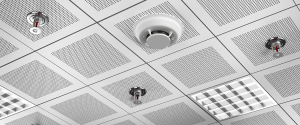 Preaction Sprinkler Systems: Enhanced Protection for Sensitive Environments
Preaction Sprinkler Systems: Enhanced Protection for Sensitive Environments
Preaction sprinkler systems offer an extra layer of protection in environments where accidental water discharge could cause significant damage. These systems utilize a combination of water and air or nitrogen in the pipes, and activation of a sprinkler head is required to open a preaction valve and allow water to flow.
Benefits of Preaction Sprinkler Systems:
- Enhanced protection: The two-step activation process minimizes the risk of accidental water discharge, making preaction systems ideal for areas with valuable assets, sensitive equipment, or irreplaceable documents.
- Flexibility: Preaction systems can be configured to operate in either single-interlock or double-interlock mode, depending on the specific fire protection needs.
Considerations for Preaction Sprinkler Systems:
- Complexity and maintenance: Preaction systems involve more complex components, including detection systems and control panels, which require regular testing and maintenance to ensure reliability.
- Higher installation cost: Due to their added features and complexity, preaction systems generally have higher installation and maintenance costs compared to wet or dry pipe systems.
Deluge Sprinkler Systems: Rapid Water Discharge for High-Hazard Areas
Deluge sprinkler systems are designed for high-hazard environments where rapid and simultaneous water discharge is necessary. Unlike other types, all sprinkler heads in a deluge system are open and do not have individual heat-sensitive elements. The system relies on a fire detection system, such as smoke or heat detectors, to trigger the release of water throughout the protected area.
Benefits of Deluge Sprinkler Systems:
- Rapid suppression: Deluge systems provide instant and widespread water coverage, making them effective for suppressing fires in areas with high fuel loads or high fire risks, such as chemical storage facilities or power plants.
- Flexibility: Deluge systems can be tailored to specific hazard areas, allowing for customized fire protection solutions.
Considerations for Deluge Sprinkler Systems:
- Water damage risk: Since all sprinkler heads activate simultaneously, a deluge system can result in significant water damage. Proper design, installation, and maintenance are critical to avoid unnecessary water discharge.
- Maintenance and inspection: Deluge systems require regular inspections and testing of detection systems to ensure proper functionality.
Choosing the Right Sprinkler System:
Now that you have a deeper understanding of various sprinkler types, it’s time to select the right system for your specific needs. While this process may seem overwhelming, Viking Fire Solutions is here to support you every step of the way.Our team of experts can assess your facility, consider the occupancy, assess fire hazards, and recommend the ideal sprinkler system tailored to your requirements.
Remember, fire safety is a shared responsibility. Together, let’s ensure that your facility is equipped with the optimal sprinkler system to combat any fire threat effectively.
